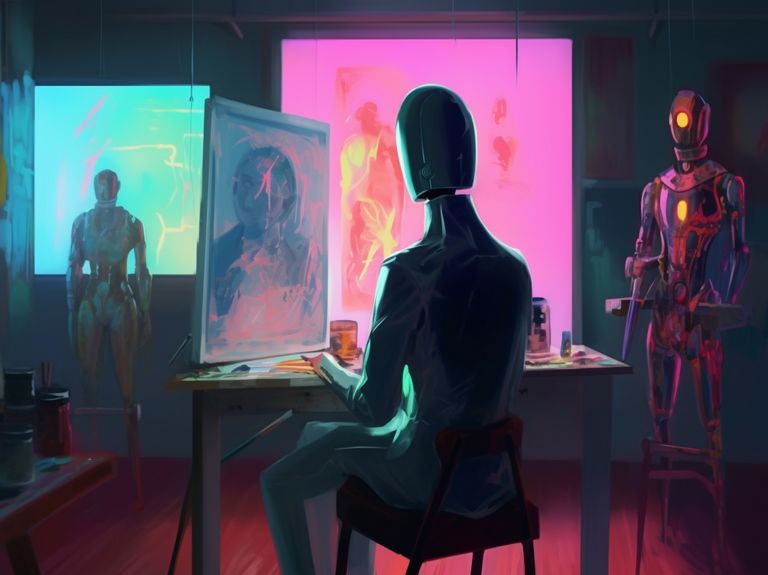Creativity and innovation are paramount in the fashion world, and the introduction of AI technologies, particularly ai art generator tools, is revolutionizing the industry. These powerful tools are altering how designs are created and reshaping everything from production processes to how consumers interact with fashion brands. This article explores how AI image generators are making their mark on the fashion industry.
Transforming Design Processes
AI image generators are transforming the way fashion designs are conceptualized and realized. Designers can use AI to experiment with colors, shapes, and textures more efficiently, allowing for rapid prototyping of ideas. For example, an AI tool can instantly generate multiple variations of a garment, showcasing different color palettes or fabric finishes, giving designers a rich array of options without needing physical samples.
These tools can inspire new designs by blending styles and historical fashion trends into unique, innovative creations. This capability not only speeds up the design process but also injects a new level of creativity and experimentation into fashion design, pushing the boundaries of traditional fashion.
Customization at Scale
One of the most significant impacts of AI image generators is their ability to personalize fashion at scale. Consumers can see how clothes might look on them through virtual fitting rooms, where AI adjusts the garments to fit their images accurately. This not only enhances the shopping experience by allowing consumers to visualize products better but also reduces the rate of returns since buyers have a clearer expectation of how an item will look on them.
AI enables brands to offer customized clothing options more feasibly. By analyzing consumer data and preferences, AI tools can suggest personalized adjustments and customizations, making mass personalization a reality in the fashion industry.
Streamlining Production and Reducing Waste
AI tools are instrumental in streamlining production processes in the fashion industry. By accurately predicting trends and consumer preferences, AI can help brands produce more of what is likely to sell, reducing the likelihood of overproduction and excess inventory. This precision ensures better resource utilization and significantly cuts down waste, contributing to more sustainable fashion practices.
AI can optimize cutting patterns to minimize fabric waste. By calculating the most efficient way to cut fabric for garment production, AI reduces scraps and increases the overall efficiency of the manufacturing process.
Enhancing Marketing with Realistic Imagery
AI-generated images revolutionize fashion marketing by allowing brands to create realistic and attractive visuals without requiring extensive photoshoots. These tools can generate high-quality images of models wearing products in various settings, giving consumers a realistic view of how a product fits and moves in a dynamic environment.
This capability saves time and resources and enables more flexible and responsive marketing strategies. Brands can quickly produce and disseminate images for new products, adapting their marketing efforts to current trends and seasonal changes.
Predicting Future Trends
Lastly, AI image generators are playing a crucial role in trend forecasting. By analyzing current fashion data and visual trends, AI can predict what styles, colors, and materials will likely be popular in upcoming seasons. This foresight allows brands to be proactive rather than reactive, giving them a competitive edge.
By accurately forecasting trends, AI helps brands align their designs with future consumer preferences, ensuring that new collections are well-received and successful.
Adobe Firefly states, “AI art generators work fast. If you need an image quickly, you can make that happen with Firefly. If you need background assets for a bigger project or a quick illustration, generative AI can lend a hand.”
AI image generators are redefining the fashion industry by enhancing the creativity of design processes, personalizing consumer experiences, streamlining production, and powering dynamic marketing strategies. As these technologies evolve, their impact on the industry will grow, further embedding AI as a critical tool in the fashion landscape. This fusion of technology and fashion promises more efficient and sustainable practices and a more exciting future for fashion enthusiasts and professionals alike.
